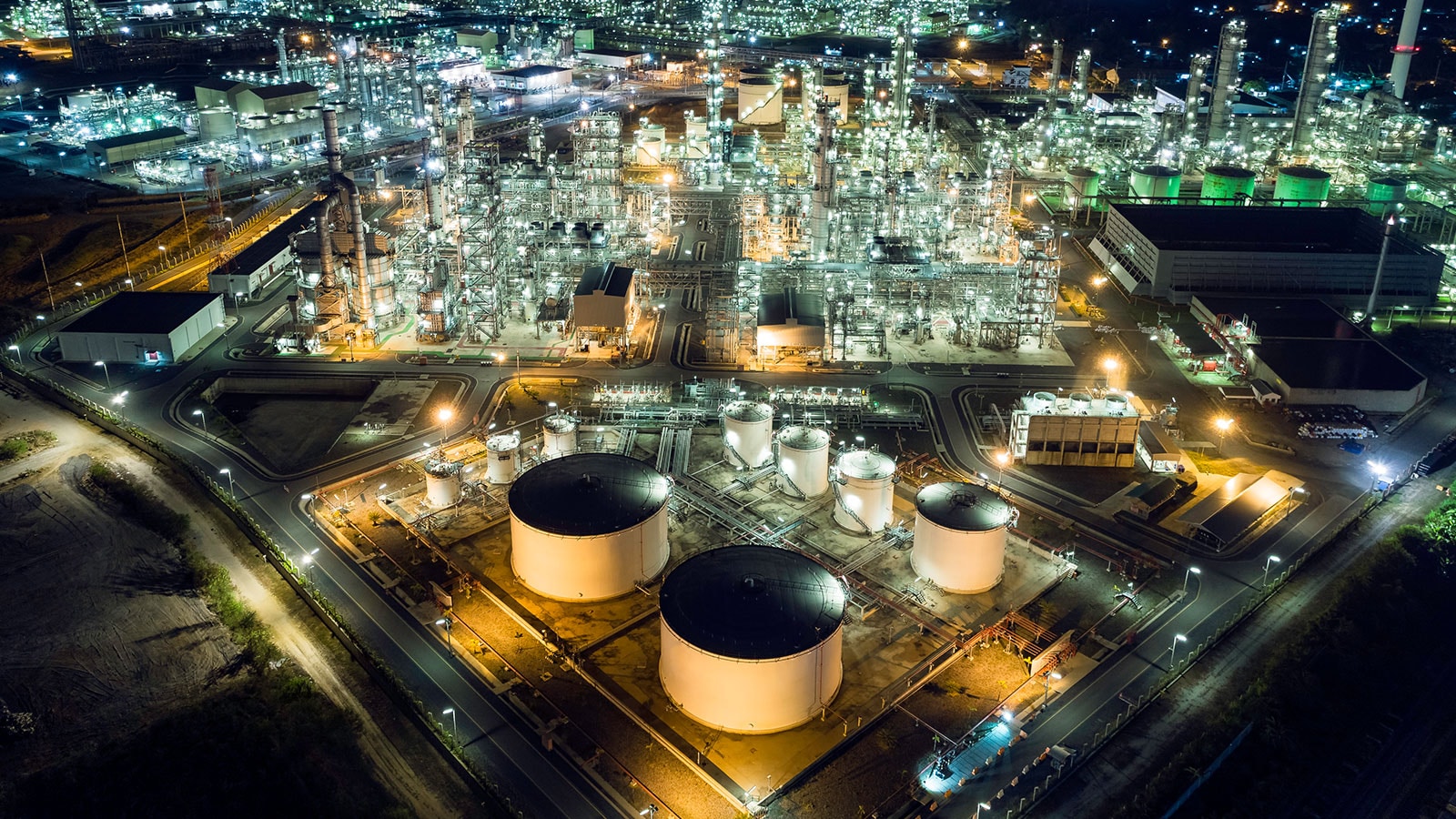{{item.title}}
{{item.text}}

{{item.text}}

PwC has worked on all aspects of energy industry in Kenya including regulation, restructuring, performance improvement, reform and investment structuring.
Currently, biomass energy accounts for about 70% of all energy consumed while petroleum and electricity account for only 21% and 9%, respectively. The Government has prioritised efforts to shift the underlying pattern of energy consumption towards more cleaner and modern forms of energy (ie electricity). In addition to providing a cleaner form of energy, the shift is also driven by the desire to reduce the negative impact to the economy from the unstable international oil prices.
Kenya's electricity sector comprises an interconnected power system with a total effective generation capacity of about 1,113 MW, (as of 2008). Hydro sources constitute 71% of this capacity. Kenya Power & Lighting Company (KPLC) is responsible for transmission, distribution and supply of electricity to consumers. KPLC purchases power under bulk tariff from the Kenya Electricity Generating Company (KenGen) – about 80%, and several Independent Power Producers. Peak demand is just over 1000MW and growing at a rate of 7% per annum.
PwC has worked on all aspects of energy industry in Kenya including regulation, restructuring, performance improvement, reform and investment structuring. Some of our energy sector landmark assignments in the past have included the successful public listing of Kenya Electricity Generating Company (KenGen).
We have been involved in sector restructuring studies and strategic planning involving companies in the sector and advised mergers and acquisitions involving companies in downstream oil and gas sectors. We have also provided tax, assurance and other advisory services to four private sector Independent Power Producers (IPPs).
The biggest challenge facing the sub sector therefore includes:
Reducing the overall cost of electric power delivered to customers. This stems from the over-reliance of thermal generation and emergency power that points to inefficient long term planning.
{{item.text}}

{{item.text}}

Edward Kerich
PwC’s Eastern Africa Sustainability Leader and Head of Consulting & Risk Services, PwC Kenya
Tel: +254 (20) 285 5000
